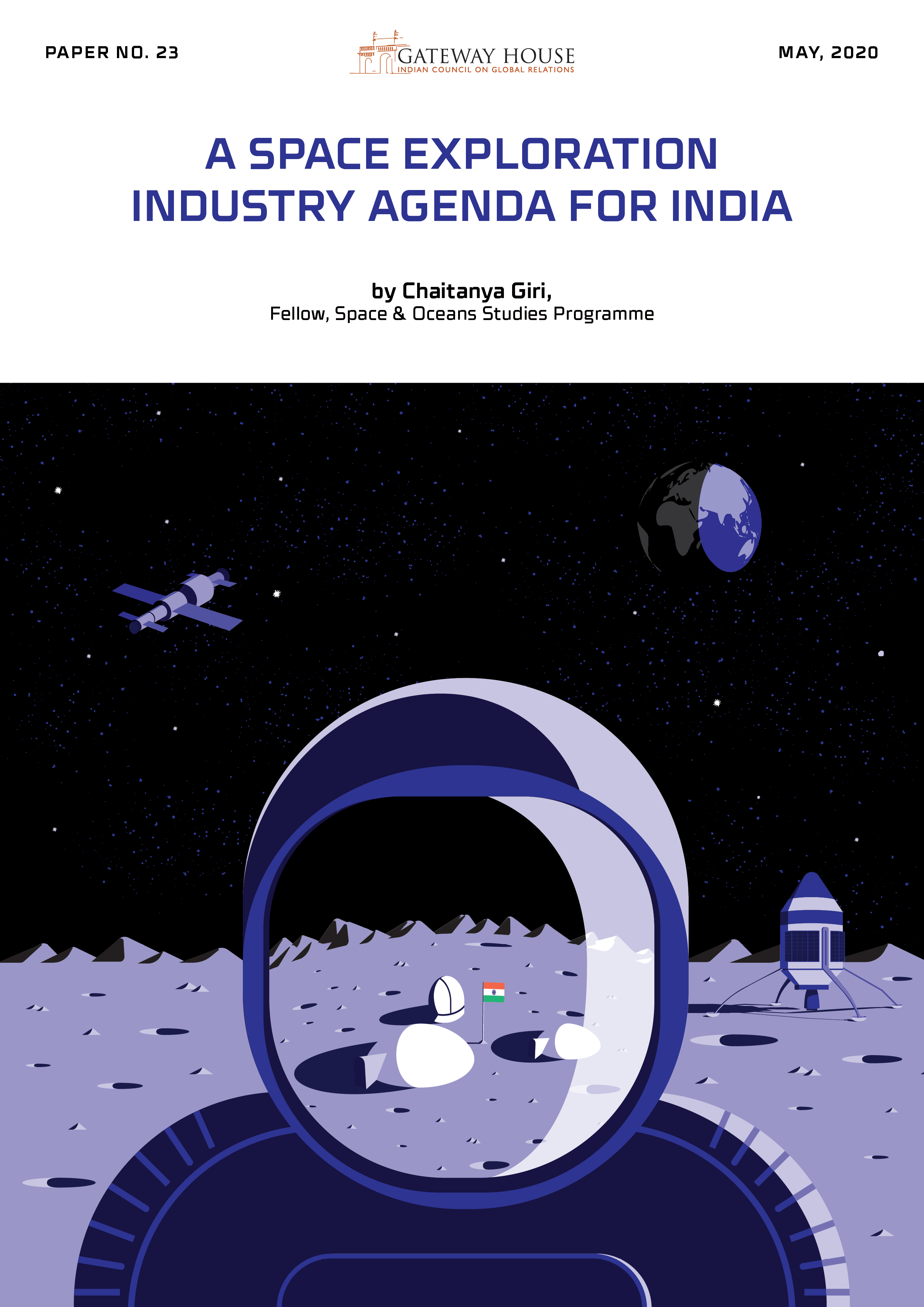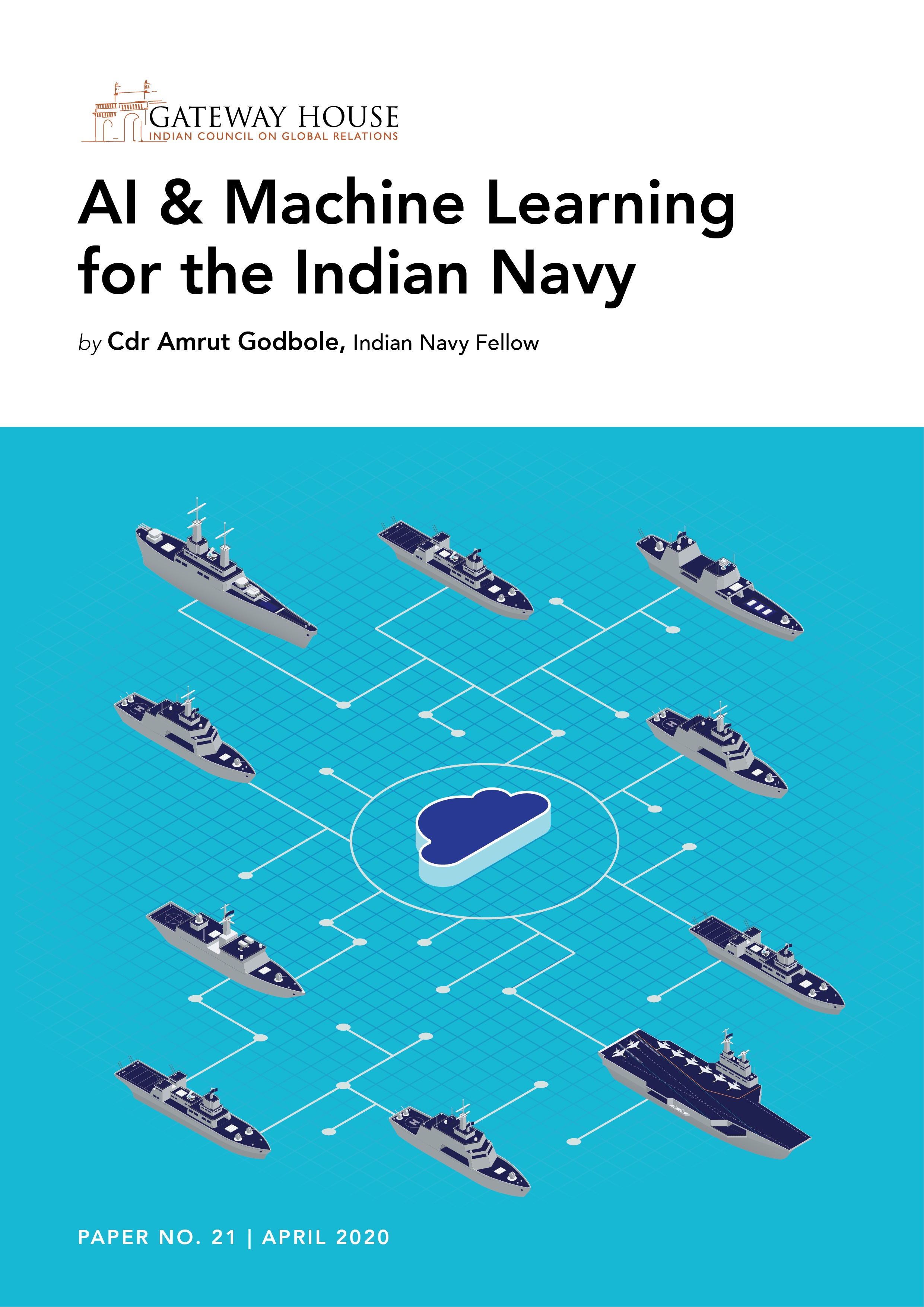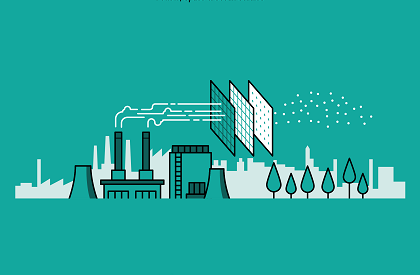A space exploration industry for India
On 16 May, the government introduced a huge reform that liberalised India's space sector, leveling the field and propelling the space ambitions of private players. Corporations such as L&T and Godrej Aerospace, can now compete and collaborate with the Indian Space Research Organisation, to build an indigenous Boeing or Lockheed Martin, and be part of global, private, space industry syndicates. The timing is significant, as the space race has accelerated with the U.S. and China marking their space territories through Accords and SEZs. India now is much better equipped to launch its space agenda. This paper analyses India's future potential.



